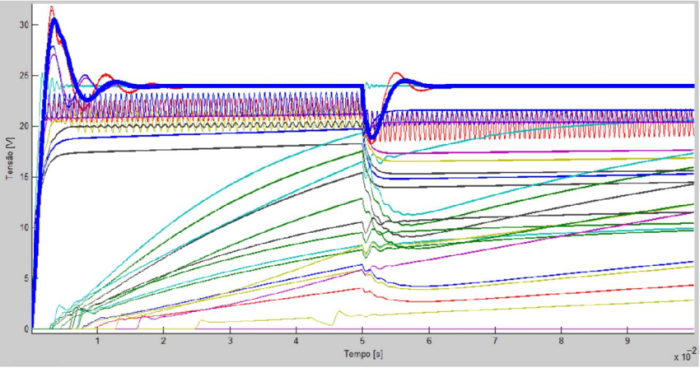When does gain recognition accompany a business combination? This question arises when two or more entities combine their operations, and the resulting entity recognizes a gain on the transaction. The recognition of gain in business combinations is a complex accounting issue that requires a thorough understanding of the relevant accounting standards and the specific circumstances of the transaction.
This article will explore the conditions that must be met for gain recognition to occur in a business combination, the methods used to recognize gains, and the financial and operational implications of gain recognition. We will also provide practical examples of business combinations where gain recognition was involved.
Definition of Gain Recognition: When Does Gain Recognition Accompany A Business Combination

Gain recognition is the accounting process of recognizing a gain that arises from a business combination. In the context of business combinations, gain recognition refers to the recognition of a gain that exceeds the fair value of the net assets acquired in the combination.
Conditions for Gain Recognition
Gain recognition is only appropriate in certain situations. The following conditions must be met for gain recognition to occur in a business combination:
- The combination must result in a controlling interest in the acquired entity.
- The fair value of the net assets acquired must be less than the purchase price.
- The gain must be realized and not contingent upon future events.
Methods of Gain Recognition
There are two primary methods used to recognize gains in business combinations:
- Immediate recognition:The entire gain is recognized in the period of the combination.
- Deferred recognition:The gain is recognized over a period of time, typically the useful life of the acquired assets.
Impact of Gain Recognition
Gain recognition can have significant financial and operational implications for the acquiring company. Gains recognized in business combinations can:
- Increase the acquiring company’s net income and earnings per share.
- Improve the acquiring company’s financial ratios, such as return on equity and debt-to-equity ratio.
- Provide additional funds for investment or other business purposes.
Reporting and Disclosure Requirements
Companies are required to disclose information about gains recognized in business combinations in their financial statements. This disclosure includes the amount of the gain recognized, the method of recognition used, and the period over which the gain is recognized.
Practical Examples, When does gain recognition accompany a business combination
Example 1:Company A acquires Company B for $100 million. The fair value of Company B’s net assets is $80 million. Company A recognizes a gain of $20 million on the acquisition.
Example 2:Company C acquires Company D for $150 million. The fair value of Company D’s net assets is $160 million. Company C does not recognize a gain on the acquisition.
FAQ Corner
What are the conditions that must be met for gain recognition to occur in a business combination?
The conditions that must be met for gain recognition to occur in a business combination are:
- The combination must be a qualifying business combination.
- The gain must be realized and measurable.
- The gain must not be contingent on future events.
What are the methods used to recognize gains in business combinations?
The two methods used to recognize gains in business combinations are:
- The purchase method
- The pooling-of-interests method
What are the financial and operational implications of gain recognition in business combinations?
The financial and operational implications of gain recognition in business combinations include:
- The increase in the combined entity’s assets and liabilities
- The increase in the combined entity’s net income
- The potential for the combined entity to incur additional taxes


